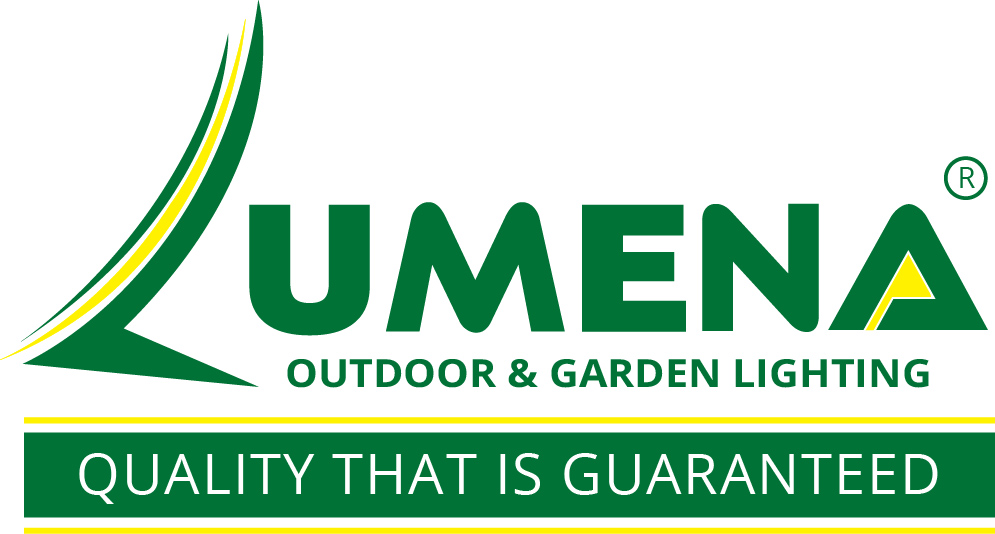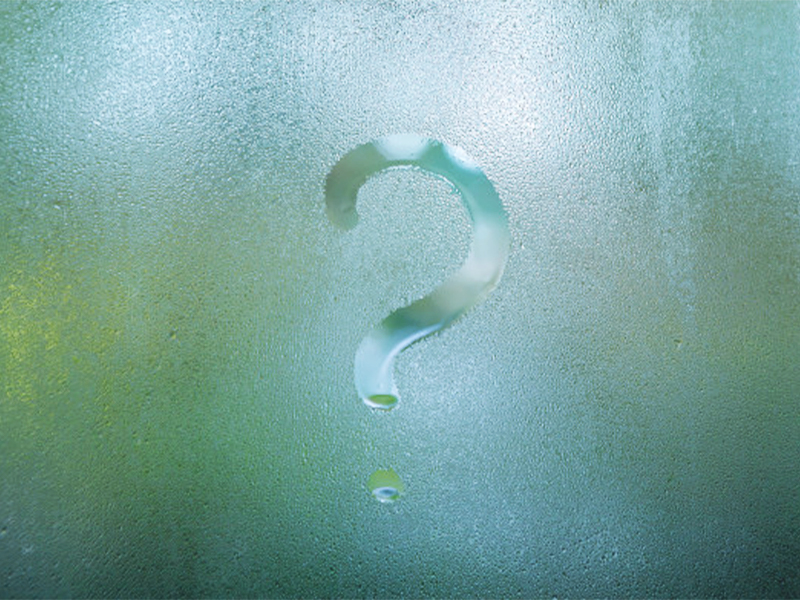12V Garden Lighting Tips, Garden Lighting, Outdoor Lighting
CONDENSATION IN OUTDOOR LIGHTS
Condensation in Outdoor Lights – Should I Worry?
A common occurrence in outdoor lights installed in the UK, is condensation. That is, the appearance of moisture within part of the fitting. It’s caused by heat generated inside, usually by the lamp and a fluctuating temperature due to the cooler air outside. A common misconception is that a) this will always affect the life or function of the fitting and b) this moisture is caused by the product not being weatherproof. It’s important to say that condensation doesn’t occur in ALL outdoor light fittings. That’s why it can be a worry when noticed in a small number of lights. If it is not affecting the function then don’t panic! This blog is here to explain our thoughts and findings based on many years of supplying outdoor and garden lighting. Find helpful links at the end.
Is it condensation in my fitting or something worse?
Checking up on your outdoor lights occasionally throughout the year, especially with the UK weather, is highly advised. This should be carried out on all lights, worth any value, expensive or less so. A small amount of maintenance can go a long way. If you’ve noticed condensation in your light, then it’s worth taking a closer look. Is it a few drops of moisture near a lens or diffuser, or has the fitting got a more substantial amount of water in? If performing a physical check after looking and suspecting worse, remember to do this safely, with power off. More often than not, if it’s a smaller build up, this is condensation which hasn’t or won’t affect the light or it’s function, but if there’s a substantial amount of water then this could be an ‘Ingress issue’ which I’ll explain shortly.
Most outdoor lights will have a built-in method to alleviate moisture build up such as a drainage hole. Sometimes, predrilled holes for screws act as a secondary drainage hole. Unfortunately, more severe condensation can cause a lamp to burn out or flash, but don’t panic or solely blame condensation straight away, only if any unusual activity occurs e.g. flashing.
My lights function fine but there’s condensation inside, what can I do?
If your lights are functioning as they should, but you’ve noticed some condensation, usually this can be dried off, safely with power off, and then the part such as lens replaced (if applicable). If it’s a component of a light such as a photocell (dusk to dawn sensor) or PIR sensor, it’s very unlikely that condensation will affect it’s function in any way. Often it may seem like there’s ‘water inside’ but some sensors look like this to begin with, and if it’s a small amount of condensation should not affect anything.
Before concluding this moisture has or may cause a fault, there are other things to consider. If there’s a more substantial amount of water in the sensor, this points to another issue such as ingress. Or it may be down to other aspects of installation of the lights. During a ‘condensation check’, it’s also good to check that all other parts of the lights are in-tact, sealed and fastened securely where applicable.
How can I stop condensation in outdoor lights?
The quick answer to this question is, unfortunately there is no way to totally stop condensation occurring in outdoor light fittings, but there are ways to prevent it.
One way to prevent moisture build up within spotlights, is to place some small packets of silica gel (like those received with new shoes) within the light. Lumena supply these with all spotlights. Another practice Lumena carry out is to waterproof the lights further internally. The general solution to stop any small amounts of water tripping 240v circuits. The solution is Lithium Grease. We’ve found that by smearing lithium grease into the bulb holder and also on the connectors of the bulb, this acts as a seal, preventing water produced by condensation actually coming in contact with the bulb holder. This grease can be used outside the fittings to provide further protection to a seal.
It’s worth noting that 12v (low voltage) lights are much better at dealing with moisture build up than 240v lights. Where a 240v system is likely to trip, 12v systems are rarely affected by water. This makes them the perfect option for garden lighting. If water drips on the bulb holder or connection cables, a 12v low voltage circuit will continue to function with no issues.
Seals & Connections
With outdoor lights and components such as photocells or PIR sensors, it’s important to check that any seals that keep them watertight from the weather are intact and not damaged. If they are, this could be making condensation and moisture build-up worse. If a system or light is tripping or acting unusually, don’t blame condensation straight away. Issues could be down to a loose or non-watertight connection elsewhere in the lighting run. Consult a reputable lighting supplier first before hiring an electrician.
IP Ratings – Ingress Protection
All outdoor lights must have an IP Rating, ideally of IP43 or higher. An IP “Ingress Protection” Rating is a measurement of how well an outdoor light fitting is protected against specific conditions; water and dust. IP Ratings include 2 numbers. The first number refers to the level of protection again solid objects, such as hands, grit and dust, whilst the second number refers to the protection level against water. The numerical rating indicates a protection level from 0-6 for solids and 0-8 for liquids, zero being the lowest level of protection. The highest rating available is IP68 which means complete protection from solids and liquids and can be fully submerged.
Remember condensation could just be….condensation and not an Ingress problem.
Useful Links:

